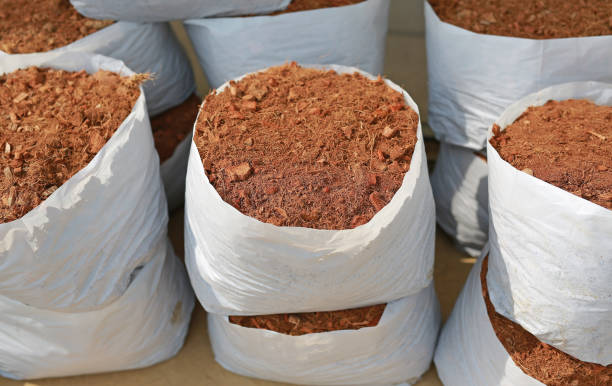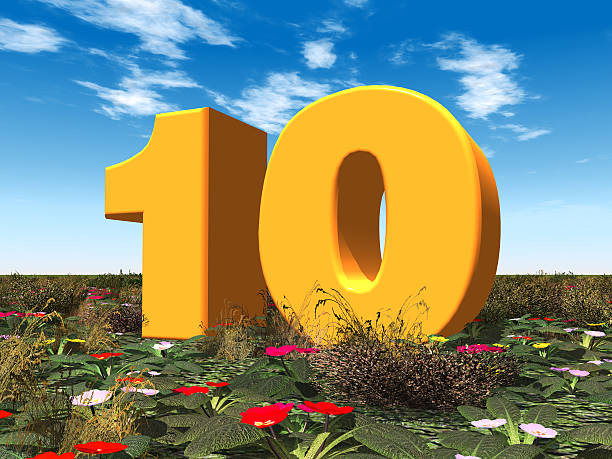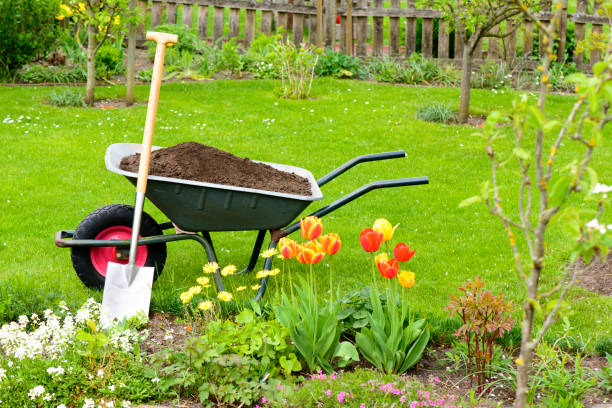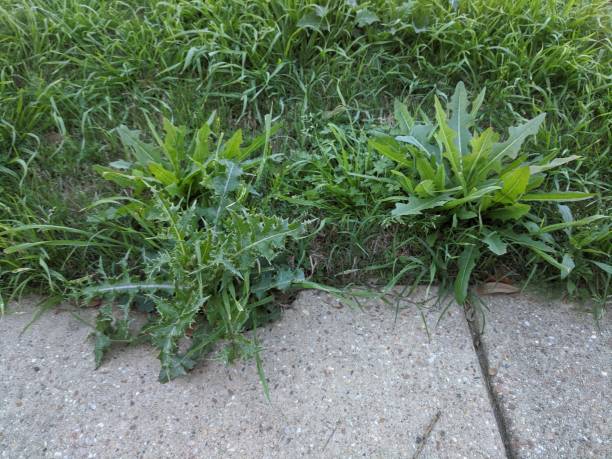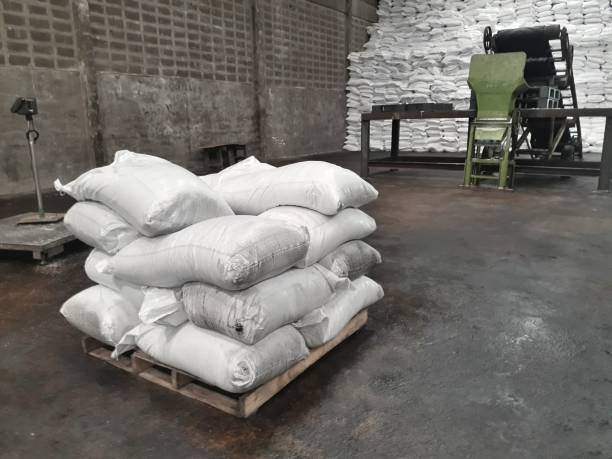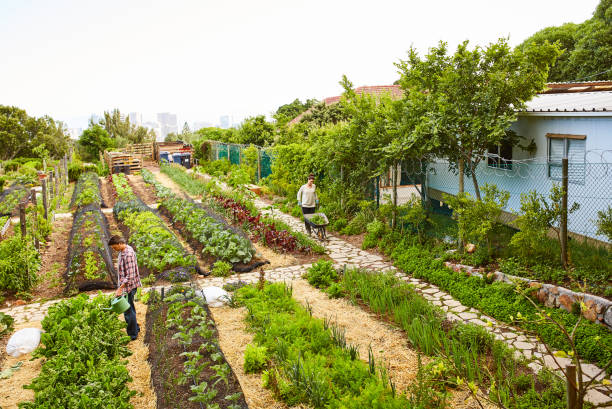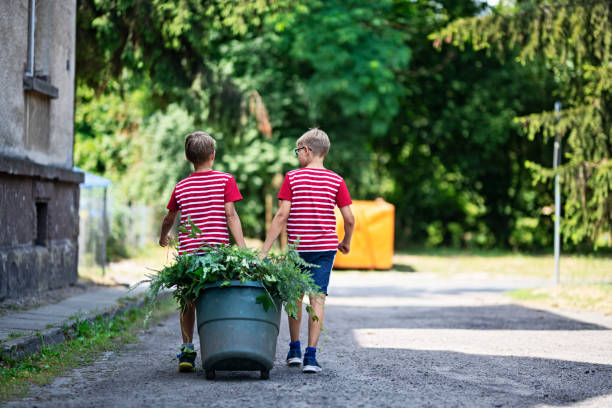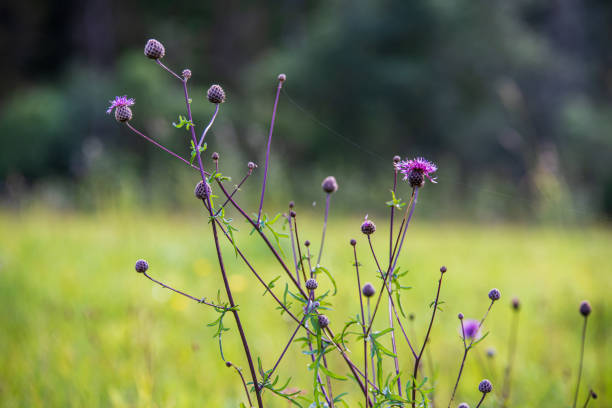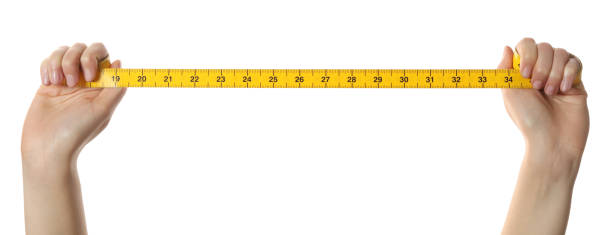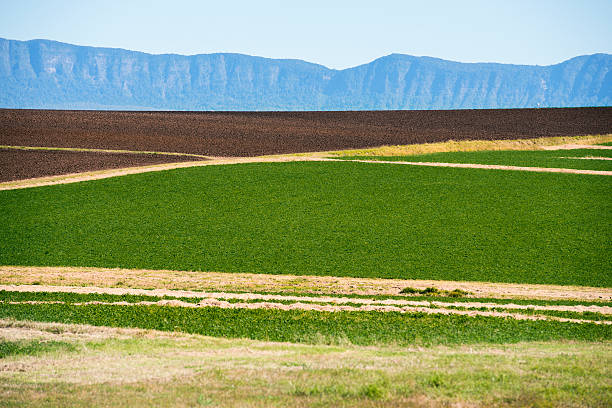How Many Bags of Mulch Equal 1 Yard
This post contains affiliate links. This means I will make a commission at no extra cost to you should you click through and make a purchase. Read the full disclosure here.Mulch is a popular landscaping material used to enhance the appearance of garden beds, conserve moisture, and suppress weed growth. When embarking on a gardening project, it’s crucial to determine the right amount of mulch required. One common question that arises is, “How many bags of mulch equal 1 yard?” In this article, we will delve into the details of mulch coverage and provide you with insights on calculating the number of bags needed for a cubic yard of mulch.
Introduction
As a gardener or landscaping enthusiast, you understand the importance of using mulch to promote healthy plant growth and maintain the overall aesthetics of your outdoor space. Mulch serves as a protective layer that not only adds beauty but also offers various benefits to your plants and soil.
Understanding Mulch
Mulch is a material applied to the soil surface around plants and trees. It acts as a barrier, preventing weed growth, regulating soil temperature, conserving moisture, and improving soil fertility. Organic mulches, such as wood chips, bark, straw, and compost, break down over time, enriching the soil with nutrients. Inorganic mulches like gravel and stones provide long-lasting weed control and a decorative touch.
Different Types of Mulch
There are numerous types of mulch available, each with its unique characteristics and purposes. Common organic mulches include shredded hardwood, pine needles, cocoa bean hulls, and grass clippings. Inorganic mulches encompass materials like rubber mulch, gravel, and landscaping fabric. The choice of mulch depends on factors such as personal preference, plant types, climate, and desired aesthetics.
Mulch Coverage
Before calculating the number of bags required for a yard of mulch, it’s crucial to understand mulch coverage. Mulch is typically applied in layers, with a recommended depth ranging from 2 to 4 inches. This depth ensures effective weed suppression, moisture retention, and temperature regulation. However, the depth can vary based on the type of mulch and its intended purpose.
Calculating Mulch Volume
To determine the volume of mulch needed, you must first measure the area you want to cover. Multiply the length and width of the space to obtain the square footage. Next, determine the desired mulch depth in inches. Convert the depth to a fraction of a foot by dividing it by 12. Finally, multiply the square footage by the depth in feet to obtain the cubic feet of mulch required.
Bags of Mulch vs. Cubic Yards
Mulch is commonly sold in bags, typically ranging from 1.5 to 3 cubic feet in volume. However, for larger projects, bulk mulch can be purchased by the cubic yard. Understanding the relationship between bags and cubic yards is essential when determining the quantity of mulch needed.
How Many Bags of Mulch Equal 1 Yard?
To determine the number of bags required for 1 cubic yard of mulch, you must know the volume of each bag. Let’s assume you have bags that are 2 cubic feet in size. Since there are 27 cubic feet in a cubic yard, you would need approximately 13.5 bags (27 divided by 2) to make up 1 yard of mulch.
Factors to Consider
While the bag-to-yard conversion provides a general estimate, it’s important to consider a few factors that might affect the actual amount needed. Variations in mulch depth, uneven terrain, and wastage due to spreading techniques can influence the final quantity required. It’s advisable to purchase slightly more mulch than your initial calculations to account for these variables.
Mulch Application Tips
When applying mulch, ensure that the area is properly prepared by removing weeds and debris. Apply the mulch evenly, avoiding direct contact with plant stems, as it can lead to rotting. Maintain the recommended mulch depth to maximize its benefits. Additionally, periodically replenish the mulch layer to compensate for decomposition and maintain its effectiveness.
Benefits of Using Mulch
Using mulch in your garden provides several advantages. It helps conserve soil moisture by reducing evaporation, minimizing the need for frequent watering. Mulch acts as an insulator, protecting plant roots from extreme temperatures. It also aids in weed suppression, reducing competition for nutrients and sunlight. Furthermore, as organic mulches break down, they enhance soil fertility and promote a healthy ecosystem for beneficial organisms.
Common FAQs about Mulch
Can I use mulch around all types of plants?
Mulch can be used around most plants, but some may prefer specific types of mulch. Research the preferences of your plants before choosing the right mulch.
How often should I replenish the mulch layer?
Mulch should be replenished once a year to maintain the desired depth and maximize its benefits.
Can mulch attract pests?
While mulch itself does not attract pests, certain types of mulch, such as wood chips, can provide habitat for insects. Regular inspection and maintenance can help prevent pest issues.
Is it necessary to remove old mulch before applying a new layer?
It’s not mandatory to remove the old mulch, but it’s recommended to loosen and fluff it up before applying a new layer to ensure better air circulation and prevent matting.
Can mulch burn plants?
Fresh mulch, especially when applied in thick layers, can generate heat during decomposition, potentially harming plant roots. It’s important to avoid piling mulch against plant stems to prevent damage.
Conclusion
In conclusion, determining the number of bags required for a yard of mulch involves understanding mulch coverage and calculating the volume needed. Factors such as the type of mulch, desired depth, and project variables can affect the final quantity required. By following proper mulch application techniques and considering the benefits it offers, you can enhance the health and beauty of your garden while minimizing maintenance efforts.

